Bulbs
Flower Basics
Flower Beds & Specialty Gardens
Flower Garden
Garden Furniture
Garden Gnomes
Garden Seeds
Garden Sheds
Garden Statues
Garden Tools & Supplies
Gardening Basics
Green & Organic
Groundcovers & Vines
Growing Annuals
Growing Basil
Growing Beans
Growing Berries
Growing Blueberries
Growing Cactus
Growing Corn
Growing Cotton
Growing Edibles
Growing Flowers
Growing Garlic
Growing Grapes
Growing Grass
Growing Herbs
Growing Jasmine
Growing Mint
Growing Mushrooms
Orchids
Growing Peanuts
Growing Perennials
Growing Plants
Growing Rosemary
Growing Roses
Growing Strawberries
Growing Sunflowers
Growing Thyme
Growing Tomatoes
Growing Tulips
Growing Vegetables
Herb Basics
Herb Garden
Indoor Growing
Landscaping Basics
Landscaping Patios
Landscaping Plants
Landscaping Shrubs
Landscaping Trees
Landscaping Walks & Pathways
Lawn Basics
Lawn Maintenance
Lawn Mowers
Lawn Ornaments
Lawn Planting
Lawn Tools
Outdoor Growing
Overall Landscape Planning
Pests, Weeds & Problems
Plant Basics
Rock Garden
Rose Garden
Shrubs
Soil
Specialty Gardens
Trees
Vegetable Garden
Yard Maintenance
Beginner's Guide to Succession Planting
Succession planting is basically just staggering when you plant the same thing to ensure that your harvest time will be staggered as well.
Want to know an easy peasy way to double, even triple your harvesting capabilities without even really trying? Try succession planting. Essentially, as soon as you harvest one vegetable, plant another in it's place.
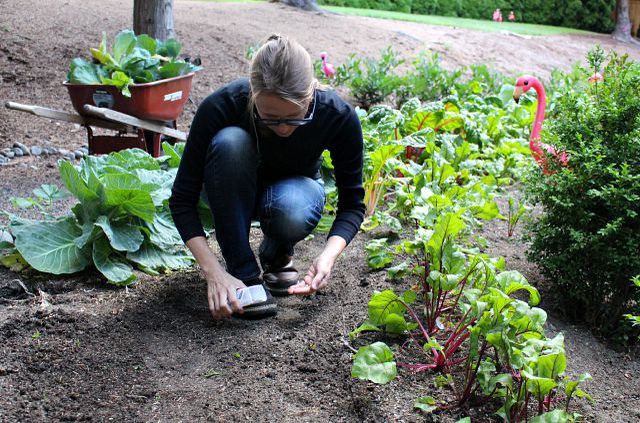
Garden space prime real estate. Think of your vegetables as renters. If they aren't paying (producing) then kick them out and find (plant) something else that will. When you adopt the succession planting method you not only use your garden space more efficiently, but you can also keep your grocery costs down by having your garden produce more efficiently during the growing season.
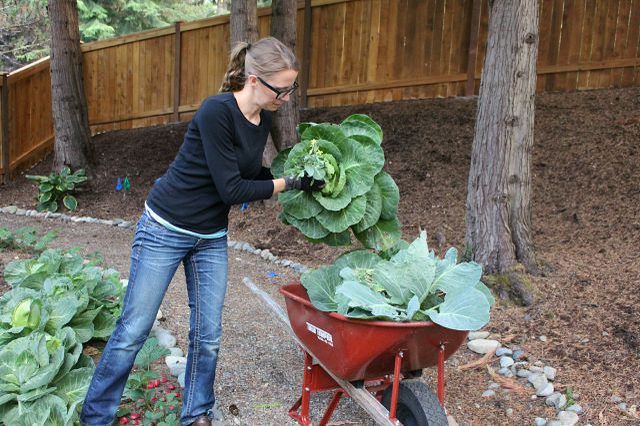
Helpful Tips
Most vegetables can be planted closer together than you'd think, so pack them in there!
Add compost between plantings to give the soil a boost.
Stagger your potential harvest so you are not inundated with more vegetables than you can eat or preserve at one time, leaving you to enjoy a particular vegetable for the entire summer and not just a week or two.
Consult the back of individual seed packets to see when the last plant date is to optimize your harvest.
Toss the old plants on your compost pile and use the compost in next year's garden.
Vegetables You Can Plant in Early Spring and Again in the Fall
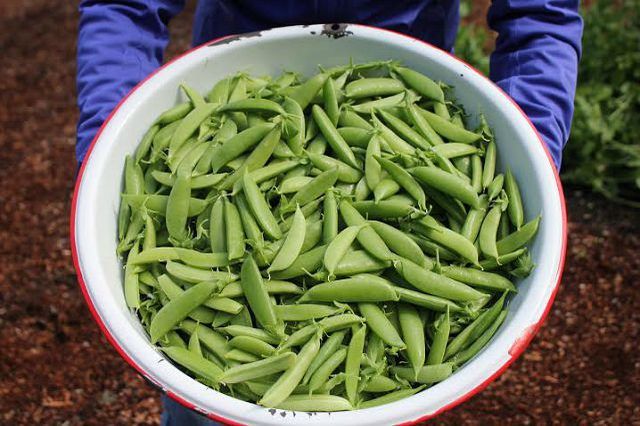
Cabbage, broccoli, carrots, spinach, peas, lettuce, beets, greens.
Vegetables You Can Plant Every 7 Days For a Continued Harvest
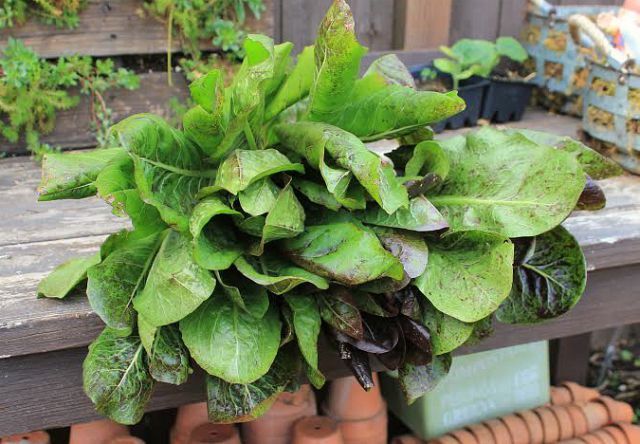
Lettuce, spinach, radish, bok choy, kale.
Vegetables You Can Plant Every 14 Days For a Continued Harvest
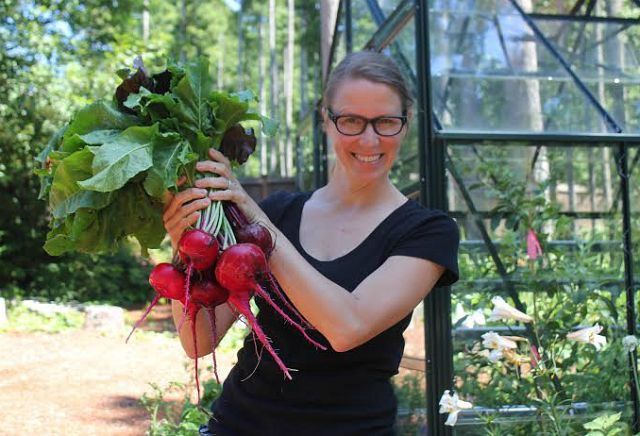
Beans, peas, beets, turnips, corn
Vegetables You Can Plant Every 21 Days For a Continued Harvest
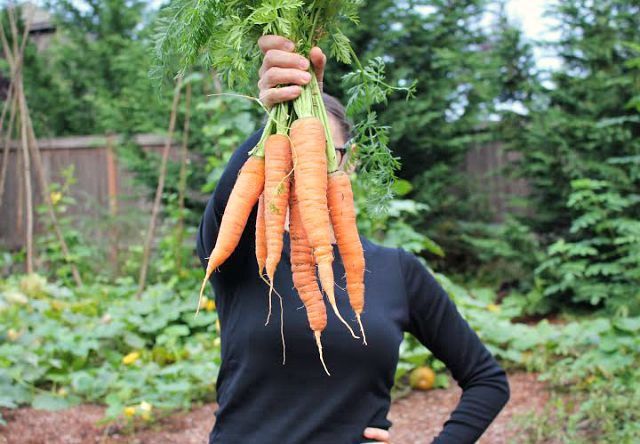
Cucumbers, melons, carrots
Vegetables You Can Plant Every 30 Days For a Continued Harvest
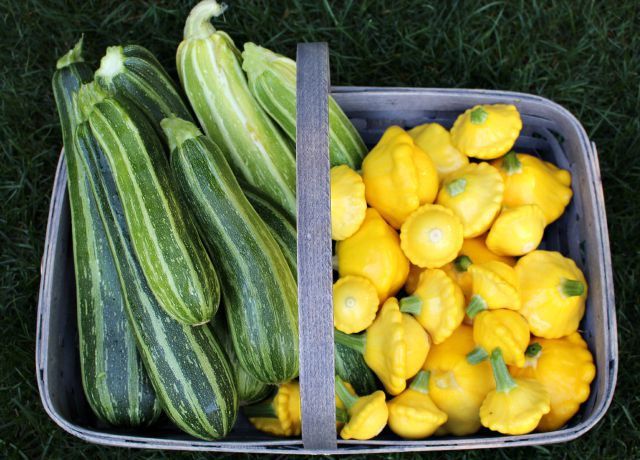
Summer squash, Swiss chard
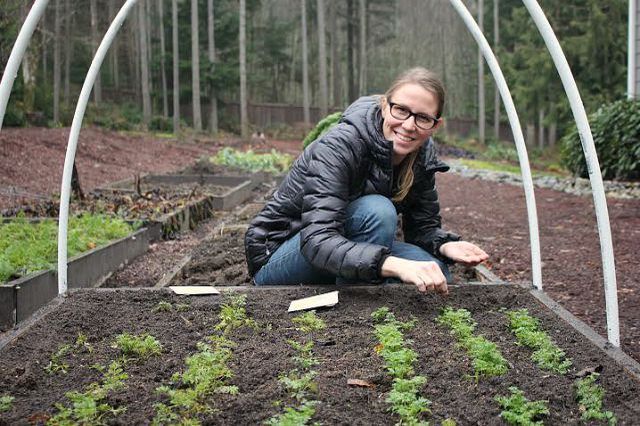
Just remember, succession planting is where it's at, whether it's spring, summer or fall.
Now get out there and grow!